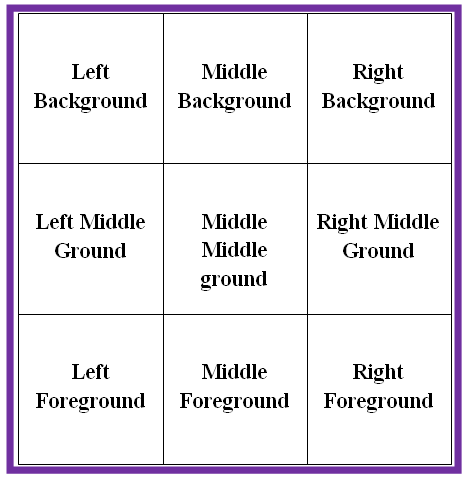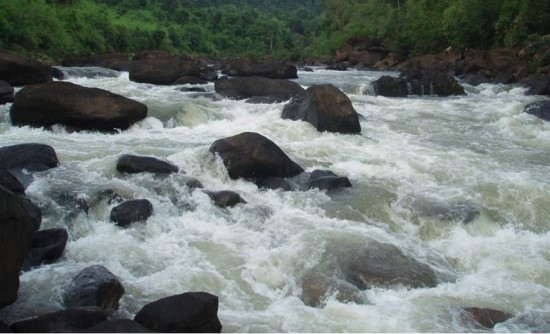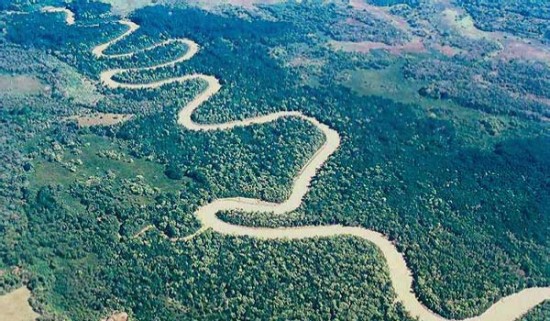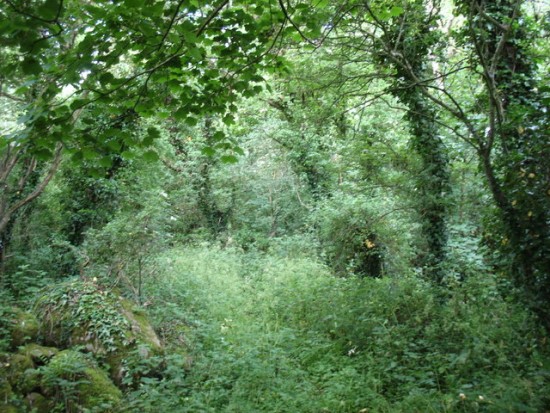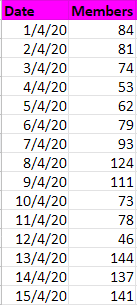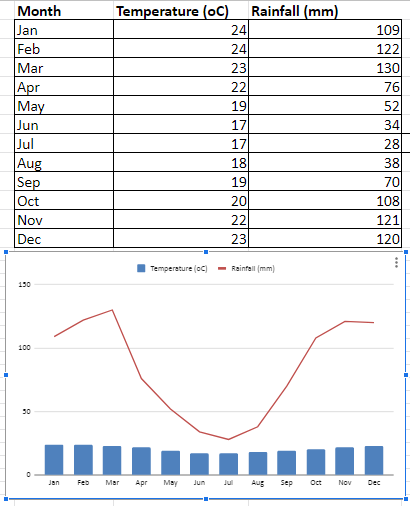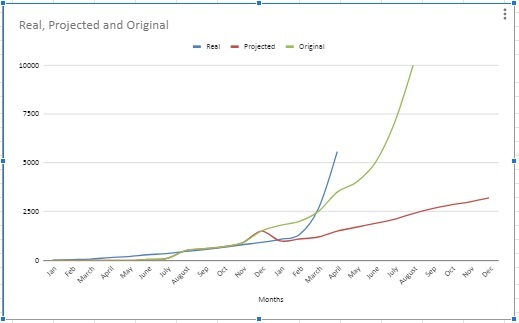- Means to explain the meaning of the objects or features on a photograph. It
involves the following:
Determining the Title
Photographs show human activities, physical features, natural catastrophes etc e.g. nomadic pastoralism, drought, flooding, etc. when determining the title
examine the photograph carefully and apply the knowledge you have learnt in geography.
Estimating Time
- In the tropics the shadows are short at noon and longest in the morning and afternoon.
- If the camera is facing south and the shadow is cast to the right it’s in the morning and if cast to the left it’s in the afternoon.
Estimating Season
Dry season
- Bright clear skies
- Dry vegetation
- Harvesting
- Light clothes e.g. shirts and T-shirts since temperature is high (also an
- Indication of high temperature.
Rainy season
- Rain clouds
- Luxuriant vegetation
- Young crops
- Flowering plants
- Weeding
- Heavy clothing e.g. pullovers or jackets since temps are low (also an indication of cool season).
Determining Compass Direction
It it’s in the morning and the shadow of flag pole is cast to the left the
photographer is facing north and if cast to the right he was facing south.
It it’s in the morning and the shadow is facing towards you the photographer
was facing east and it taken in the afternoon and the shadow is facing towards
you the photographer was facing west.
